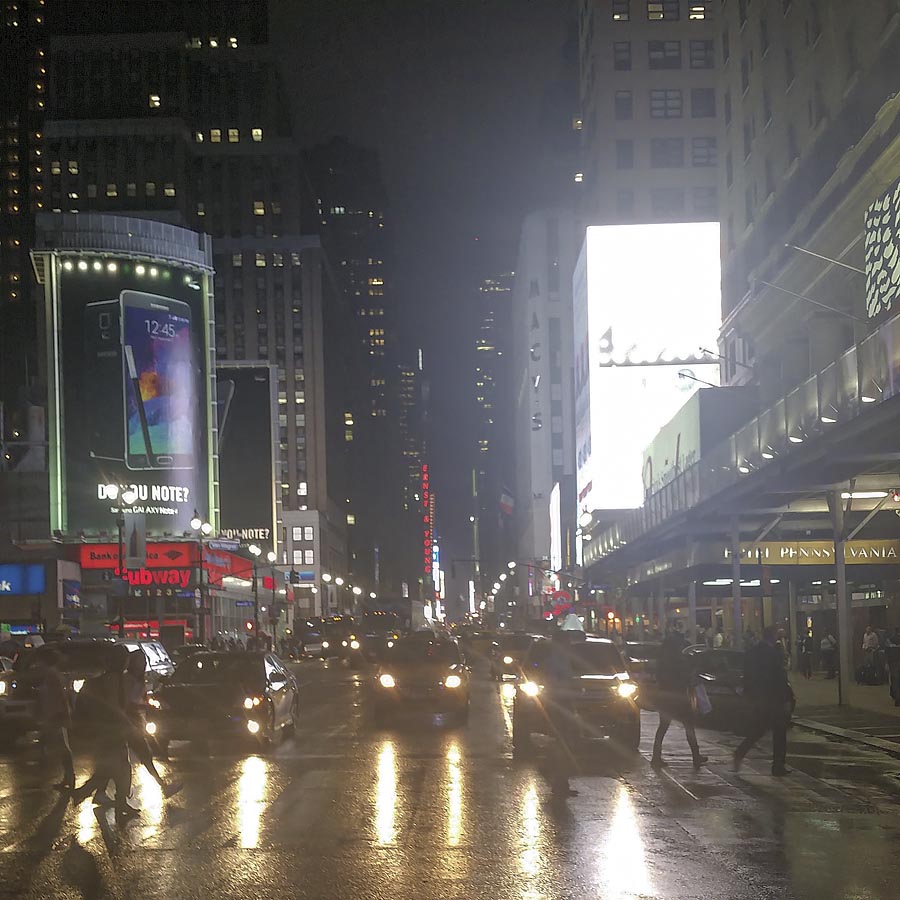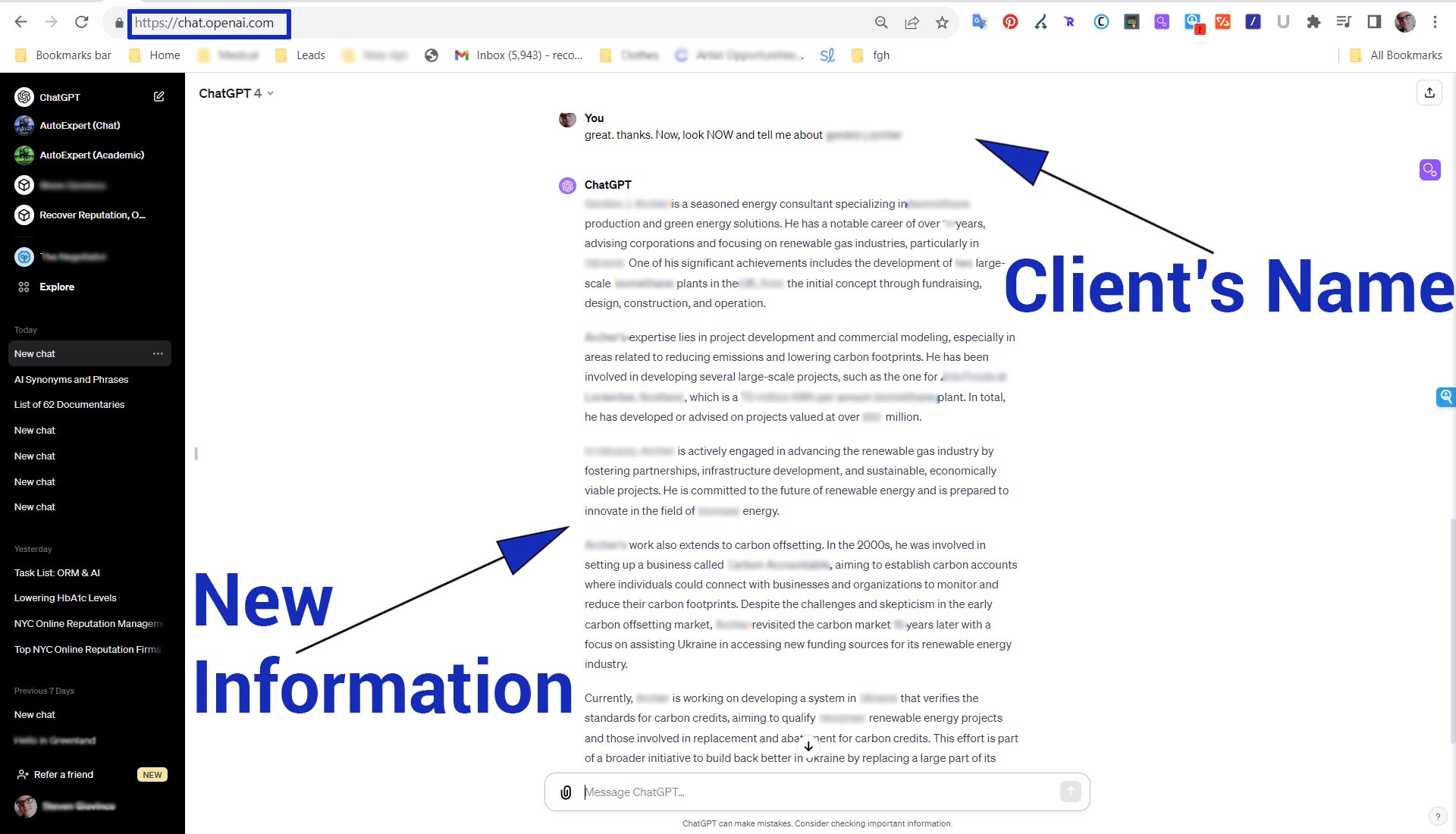Last Updated on August 10, 2023 by Steven W. Giovinco
The Social Media Guide For Art Fairs
As the art world migrates on to the seemingly always next art fair (there are over twenty worldwide and growing), knowing how to harness social media–either as a gallery, collector, artist or visitor–has become ever more critical. Crafting the right social media message can draw in clients and connect to an art audience.
Importantly, it builds an online reputation showing that you are the art expert. Getting this wrong, however, can send the wrong message, and worse, can result in a negative online reputation (think of a dealer’s assistant posting an unflattering photo of them drunk at a pre-opening party, or the uploading of an image saying “Sold,” when it is just on hold.
This is more than embarrassing–it could lead to lost sales). What is the message? What images to post on Instagram? What platforms to use to connect to which audience?
Instagram is King
Instagram is probably the way to go here. It’s popular and has about ten times the engagement than Facebook or Twitter (i.e., more people respond to your posts).
Since it’s geared towards image sharing, it’s a natural platform for the art world. But don’t forget about others such as Facebook (personal pages; otherwise, skip it), Twitter, Pinterest, Snapchat (the photographer Alec Soth is using SnapChat well), and Google Plus. Note that each has different approaches, advantages, and limitations.
Here’s a guide to use when traversing, for example, the circuit (including Art Basel-Miami Beach, Arte Fiera Bologna, NADA, Art Rotterdam, The ADAA Art Show, The Armory Show, VOLTA, Art Dubai, The AIPAD Photography Show New York, Art Cologne, Frieze Art Fair New York, Art Basel, and others).
Art Galleries
Start with a Strategy
Ask yourself a few questions weeks before the show: who are your current collectors, potential collectors, and where are they online? Are they younger, interested in emerging artists, and frequently posting on Instagram?
Or are they more established, just starting using social media, and might be nacient Facebook users? Create a strategy. A good one could include sharing about the preparation and packing/unpacking of the show; setting up the booth; opening-night images; posts on the artists and art at the fair; photos from catalogs or other materials you’ve brought along; photographs of the staff, to personalize things; night out at parties or other fairs, and wrap up.
Don’t Let an Intern Run the Show
It might be tempting, especially with limited staff, resources, and time, to pass off social networking to someone else, but don’t. Instead, do it yourself, at least most of it. You are the art expert, so share your expertise with potential buyers. Start with sharing things that you usually do–such as comments on art, the fair, what’s in the booth, etc.
Focus on Art in the Booth
Post images of your artists and art that you’ve brought along. It’s a great way to generate interest in a new or established artist.
Use Hashtags
Be sure to know the fair’s “official” hashtag and include them in each message you send. Since hashtags act as an easy-to-find collection of messages on a topic–think of them as a readymade search–it’s beneficial. In addition, include other popular or pertinent hashtags such as the city you are in, certain artists if they are well-known, local museums, and media outlets.
The Art Fairs Themselves
Use “@:” and Hashtags to Generate Traffic and Connect to Galleries. Since there are many dozens or even hundreds of participating galleries and non-profit arts organizations, a great approach is to post images of their art and include an “@” or appropriate hashtag.
Not only will the participants love it, but it will also drive traffic back to your site because the dealers will be more likely to share the post.
Monitor Social Media for Problems
People use social media now as a “customer service” center (try emailing an airline a complaint–good luck; tweet an issue and wait for a nearly immediate response). So be on the lookout for problems or complaints, and respond immediately. Not doing so could lead to a damaged or negative online reputation.
More Images
Take images of (nearly) everything: booths, art, artists, curators, visitors, collectors, celebrities, and post them quickly.
Collectors
Share and Build
Collectors use social media to connect with existing relationships and build or boost new ones with dealers, other collectors, and curators.
Share images of work you like or art you are interested in (without “tipping your hand” too much if you are on the fence about a potential purchase).
Artists
Connect to Dealers “Virtually”
Artists visiting the art fairs can use it as an opportunity to connect with dealers. Don’t ask for a show! But dealers appreciate and notice if you share images of their artists. Use social media to generate a connection and start an introductory dialogue with an art dealer.
You Are an Insider
Use visiting the fairs to show that they are “in the know” and are active in the art world. Write mini-reviews and share what you like to show that you are an art expert. Gravitate toward work in your field.
Museums or Institutions
Get Personal
Large museums, collections, or other arts institutions seem to look at social media as an extension of the marketing department. They often generate posts that seem thinly veiled in promotional messages or PR campaigns. Well, here is an opportunity to change that: share images of artists you like, take a chance, and get personal.
Share and Connect
Share images of artists in the collection of art that is part of a recent or upcoming show. Comment on dealer’s or artist’s posts as a way to connect.
Visitors
Snap Things You Like
For the art enthusiast, take images and comment on things you like, and have fun! Use it as an opportunity to get familiar with the art you want and who the potential players are. Maybe there is a piece you love but have never bought before. Why not share your question online, and see what response you get from some trusted friends? Look also at how dealers use their online presence to get a fuller picture of their reputation before buying.
Auction Houses
Artists Just Sold
If a piece recently sold at auction and the artist is represented at the fair, use this as an opportunity to share about it. Again, this builds trust and connections.
Get Personal Too
An auction house, like a large gallery or museum, can get lost behind the institutional facade. Share images and write personal comments. Don’t be afraid (within reason, of course!) to be honest about what you like. Show the staff in action talking to clients.
Be Visible
The auction houses (Sotheby’s, Christies, Phillips, Bonhams, Swans) need to have a social media presence at the fairs. Simply put, that is where their core clients are, so it’s a great way to generate more visibility. The booths could be filled with existing clients or potential ones in the form of new collectors or dealers–after all, every person who buys art might eventually want to sell it, and an auction house should use social media as a way to build trust and familiarity.



